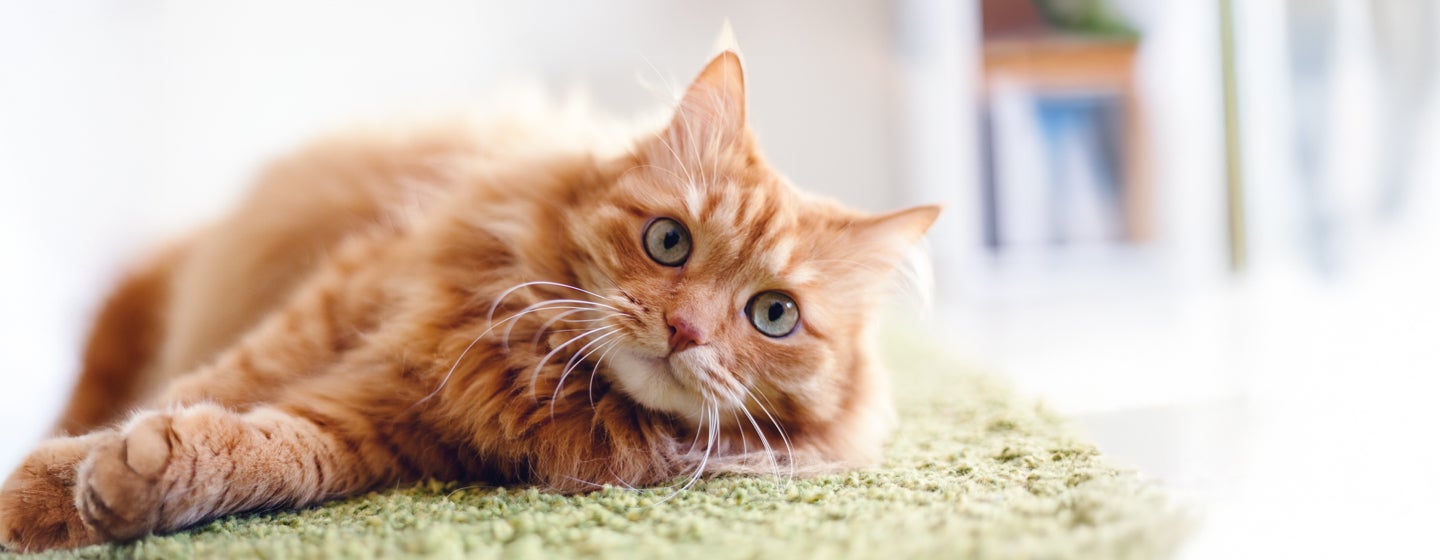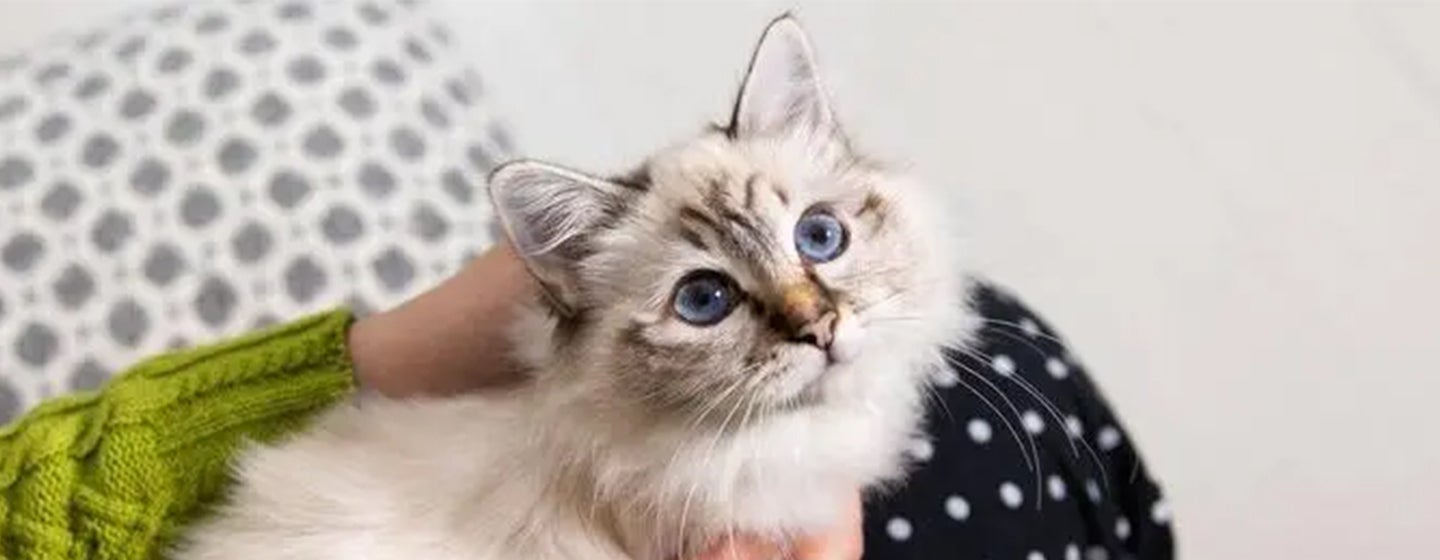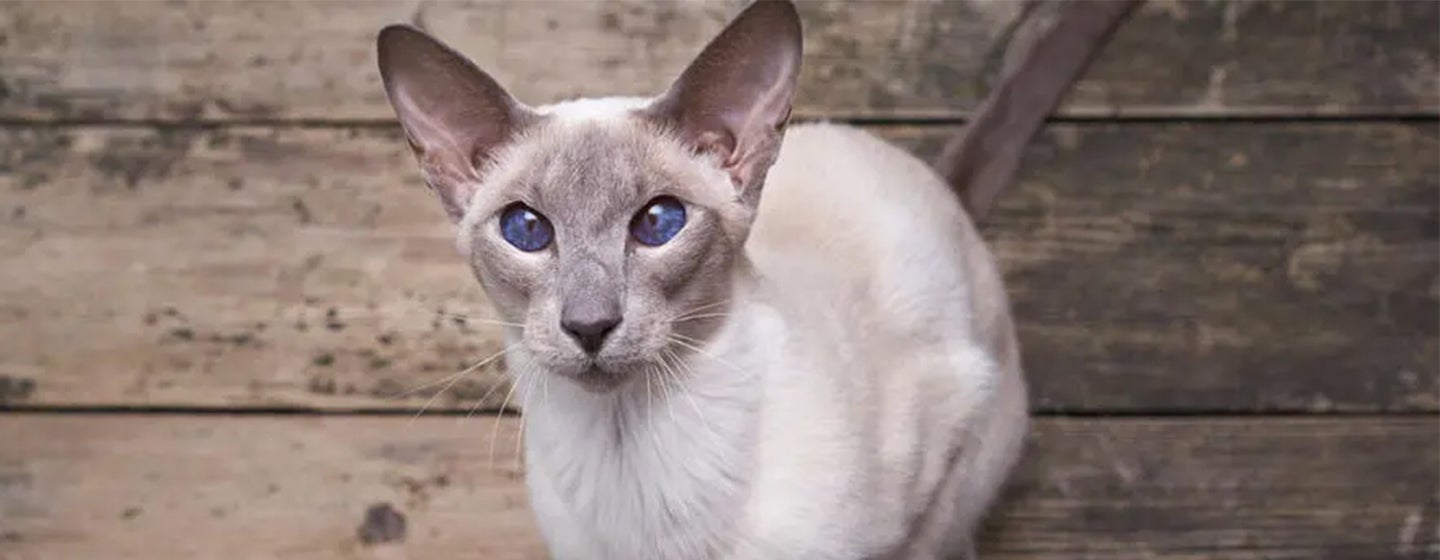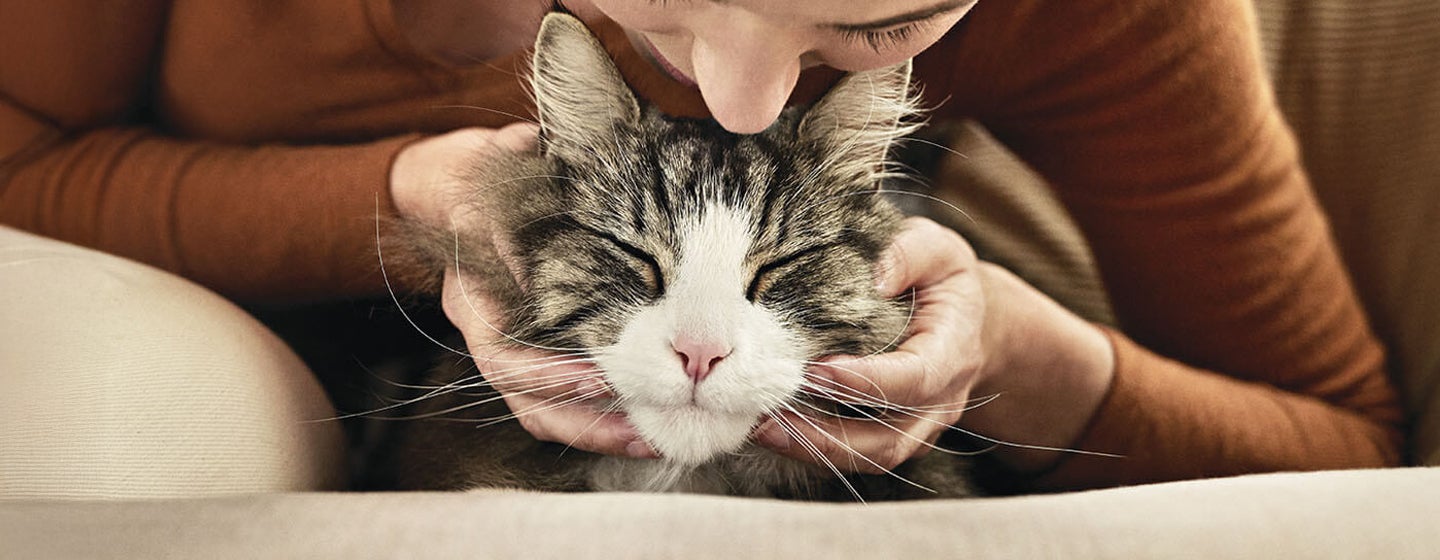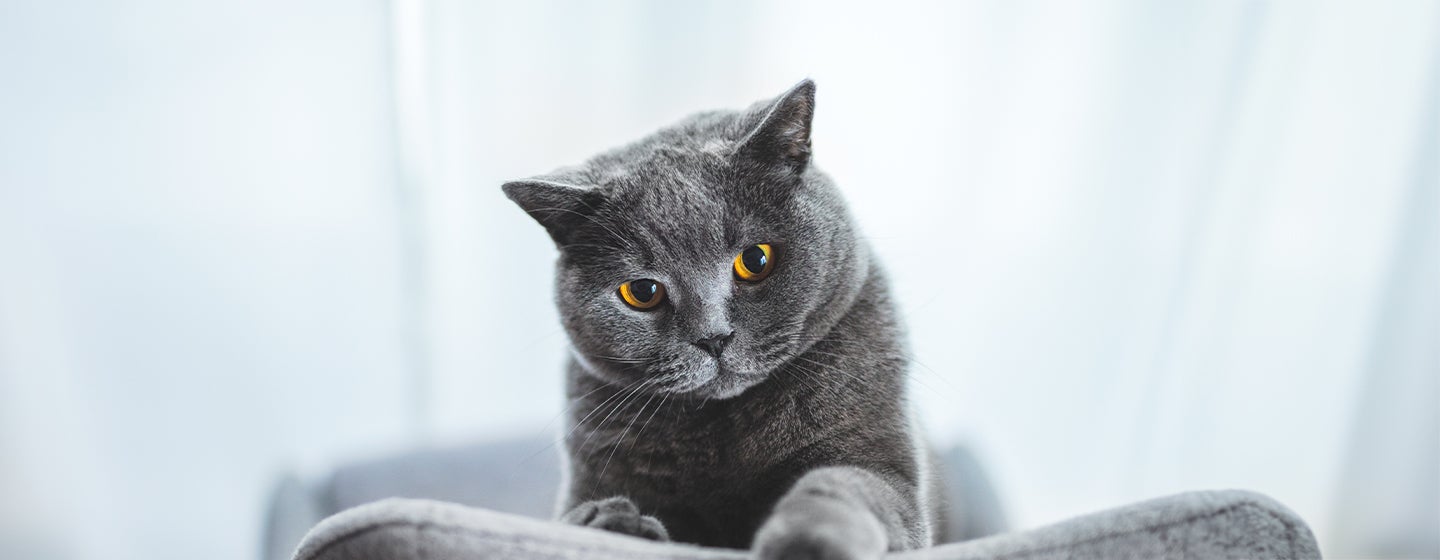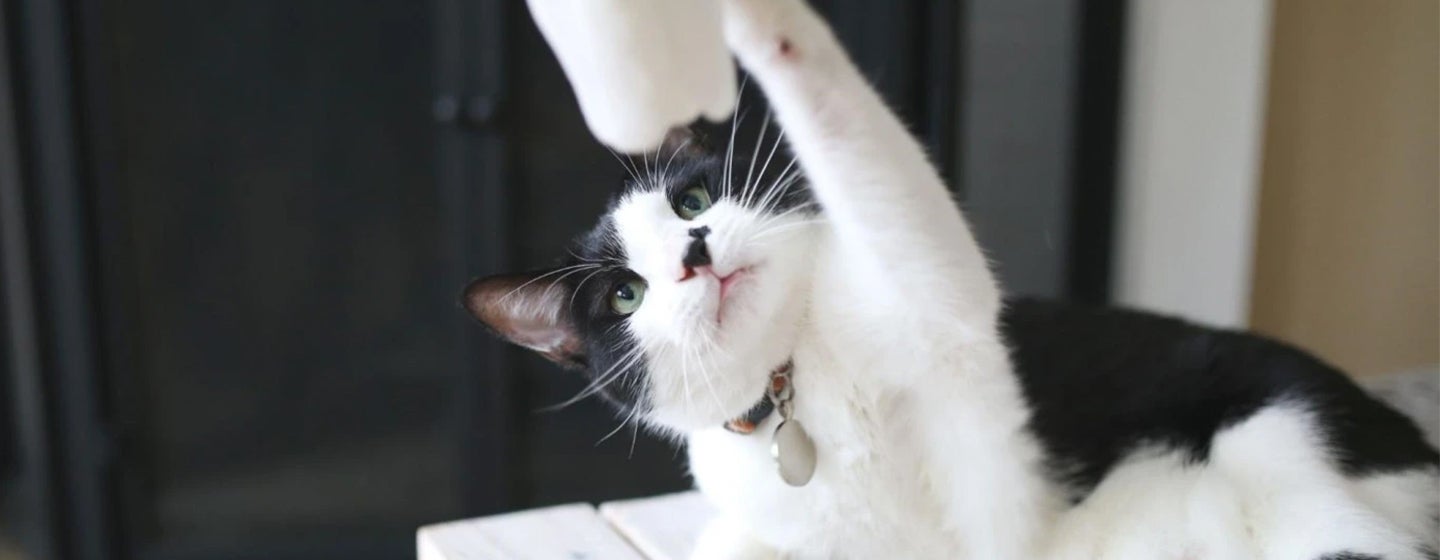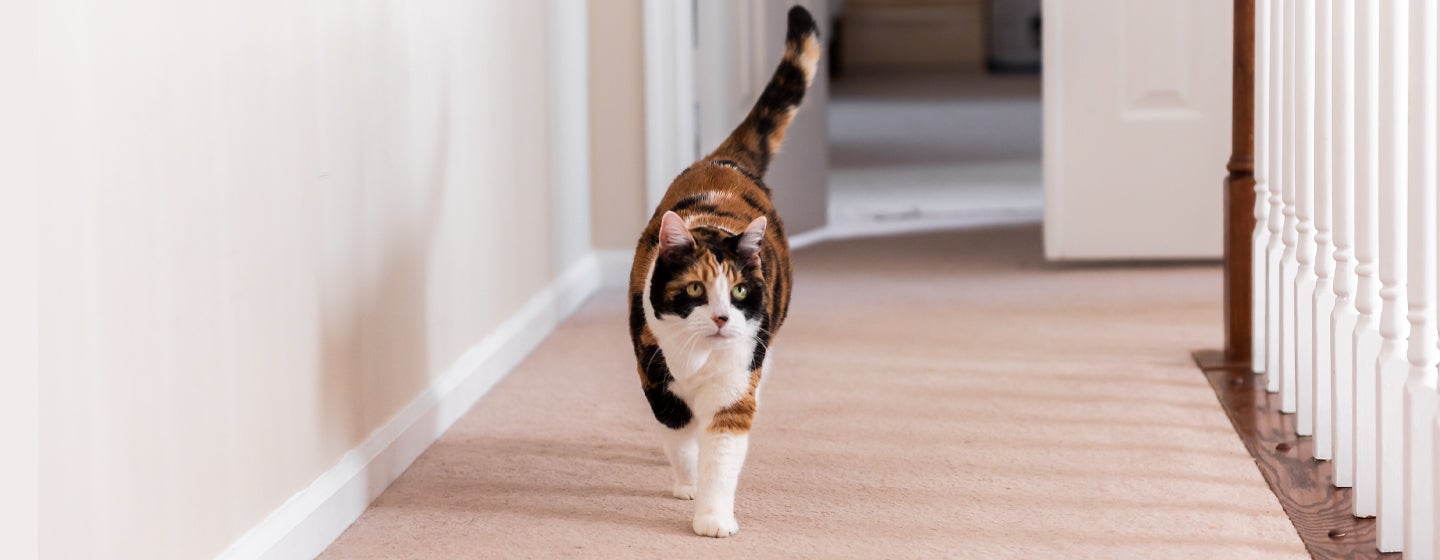Marmalade, red, orange or ginger - whatever you want to call it, ginger cats are nothing less than extraordinary. Find out everything there is to know from what's responsible for the colouring of ginger cats to the cat breeds that come in this wonderful shade.
It's no secret that ginger cats are among the most well-loved and that all who come into contact with them think there's something special about them. This may be due to the fact that they've played such cheeky characters on TV and film, including Shrek's Puss in Boots, Breakfast at Tiffany's Orangey and of course, who could forget Garfield?
As they've made such an impact on us in the land of pop culture, we've found ourselves wanting to discover as much as possible about them and wondering if there are any specific ginger cat breeds. Keep reading to find out everything from the reasoning behind their ginger colouring, to the breeds which are more likely to come in this marmalade tone.
What's responsible for the colouring of ginger cats?
It may surprise you to know that there's quite a lot that goes into deciding if your cat will have red fur or not. There's actually a 'ginger gene' and it has a lot to do with inherited genes and chromosomes.
According to The Spruce Pets, the ginger gene 'O', is responsible for producing phaeomelanin (the red pigment), and this pigment is so dominant it will mask all other colours. In order to produce your ginger cat, the gene needs to be carried to the 'X' chromosome - a male cat has one 'X' chromosome, whereas females have two.
Additionally, this ginger gene comes in two variants: 'O' which produces red pigment and 'o' which doesn't. If the ginger cat is male and gets the 'O' type from their mother, they'll be ginger, however if they get 'o' they'll be calico or tortoiseshell instead. For females to be ginger they'll need the 'O' chromosome on both 'X' chromosomes, if they have 'Oo' instead, they'll be calico or ginger.
Due to the fact females have so many more possible combinations, they're less likely to be ginger and as such only 20% are. A huge 80% of all ginger cats are male, as there are far less variables involved. Also, ginger males can come from red, calico and tortoiseshell mothers, whereas females need to have one fully red father and the mother will have to be red, calico or tortoiseshell.
Are all ginger cats tabbies?
